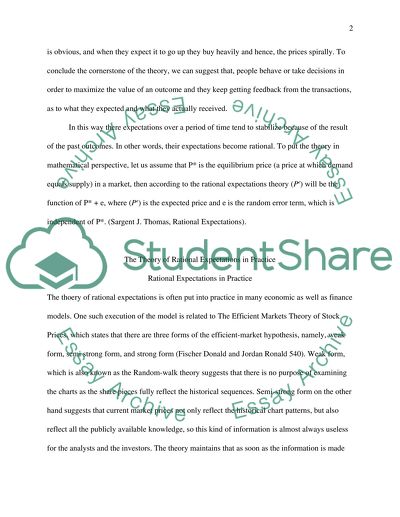Cite this document
(“Conditions under which Exchange Rate may overshoot Even in the Research Paper”, n.d.)
Conditions under which Exchange Rate may overshoot Even in the Research Paper. Retrieved from https://studentshare.org/macro-microeconomics/1518148-macroeconomics-master-essay
Conditions under which Exchange Rate may overshoot Even in the Research Paper. Retrieved from https://studentshare.org/macro-microeconomics/1518148-macroeconomics-master-essay
(Conditions under Which Exchange Rate May Overshoot Even in the Research Paper)
Conditions under Which Exchange Rate May Overshoot Even in the Research Paper. https://studentshare.org/macro-microeconomics/1518148-macroeconomics-master-essay.
Conditions under Which Exchange Rate May Overshoot Even in the Research Paper. https://studentshare.org/macro-microeconomics/1518148-macroeconomics-master-essay.
“Conditions under Which Exchange Rate May Overshoot Even in the Research Paper”, n.d. https://studentshare.org/macro-microeconomics/1518148-macroeconomics-master-essay.


